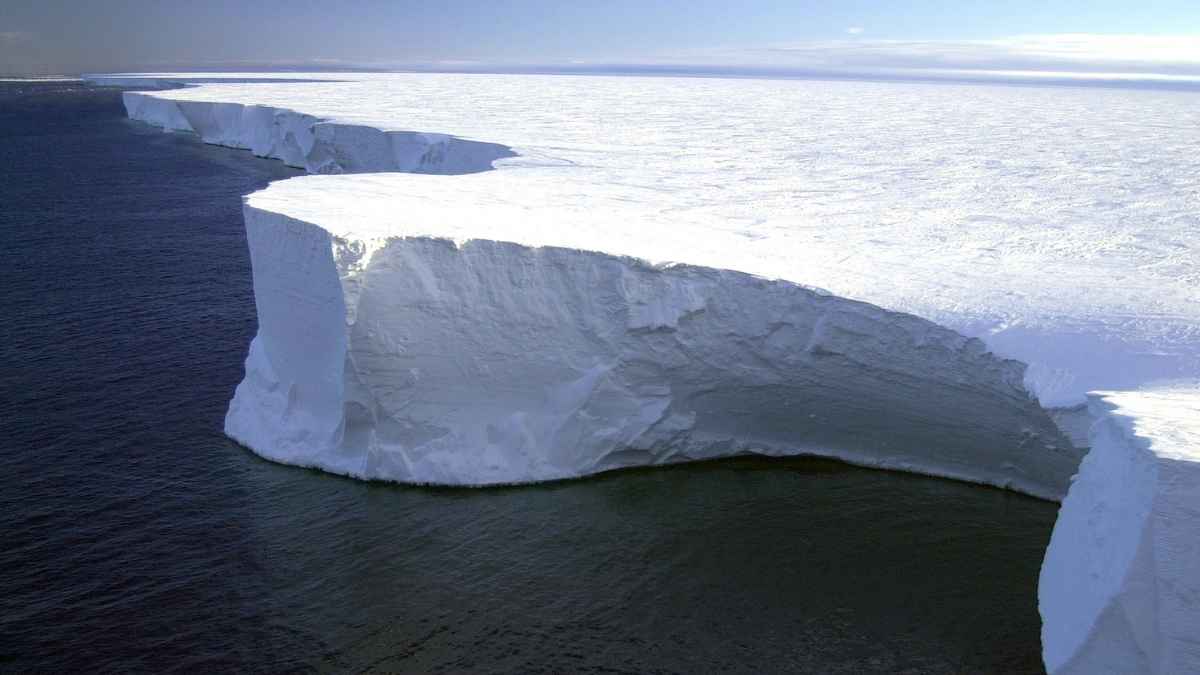Scientists race to explore a brand-new ecosystem after a Chicago-sized iceberg breaks away, revealing centuries-old sea life.
A massive iceberg the size of Chicago has detached from Antarctica’s George VI Ice Shelf, abruptly exposing a seafloor that has remained unseen for centuries. The unexpected event in early 2025 gave researchers a rare chance to study an underwater habitat teeming with sponges, anemones, hydroids, and coral.
Scientists respond swiftly to investigate a newly uncovered antarctic seabed teeming with life
Upon noticing the dramatic calving event, the research team swiftly altered their expedition plans. They deployed a remotely operated vehicle named SuBastian to dive beneath the former iceberg site and capture rare footage of an environment long sealed off from the world. This quick-thinking approach allowed them to witness an astonishing variety of marine creatures thriving in darkness for decades, if not centuries.
Should we be amazed by the age of these deep-sea organisms? Absolutely.
Some sponges grow merely a few centimeters each year, hinting that certain individuals may be older than most human lifespans. Coral structures, sea anemones, and hydroids also appear to have endured extreme conditions where sunlight is scarce and nutrient delivery relies on ocean currents flowing under thick ice.
Complex challenges of studying a remote antarctic habitat hidden under thick ice
Navigating under floating ice shelves is no simple feat. Scientists rely on acoustic systems instead of GPS to guide submersibles, all while dealing with extreme cold, powerful currents, and limited communication. These obstacles made the successful exploration of the newly exposed site even more remarkable, setting the stage for future sub-ice research. During their eight-day mission near the Bellingshausen Sea, researchers encountered:
- Colorful coral gardens with hundreds of species
- Giant sea spiders and isopods scuttling over the seafloor
- Sleek icefish adapted to frigid waters
- Phantom-like jellyfish drifting in the dark
Each discovery underscores the complexity of life thriving beneath layers of ice that were once thought too inhospitable for such abundance. Below is a quick overview of depths explored and key findings:
| Depth Range (meters) | Notable Discoveries |
|---|---|
| 200 – 400 | Sponge clusters, vibrant corals |
| 400 – 700 | Giant sea spiders, crabs |
| 700 – 1,000 | Icefish, isopods, phantom jellyfish |
| 1,000 – 1,300 | Long-living sponges, potentially centuries old |
These observations show how biodiversity can emerge even in places long isolated from sunlight. Understanding how life flourishes there may offer clues about extreme marine ecosystems worldwide.
Future research efforts aim to unravel the secrets of this pristine underwater realm
As scientists collect sediment cores, map newly exposed areas, and study specimen samples, they hope to unlock the mechanisms that have supported such a diverse ecosystem. The next steps involve determining how these creatures survive limited nutrient intake and understanding what role ocean currents play in delivering life-sustaining resources.
Ultimately, the calving of this colossal iceberg serves as an unplanned invitation to explore Antarctic waters in greater depth. In doing so, we may uncover more evidence of Earth’s adaptability and gain insights into how climate shifts impact remote habitats. Whenever chunks of ice peel away, our knowledge of the hidden Antarctic world grows even bigger.

